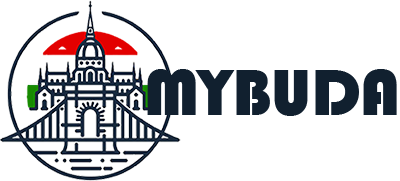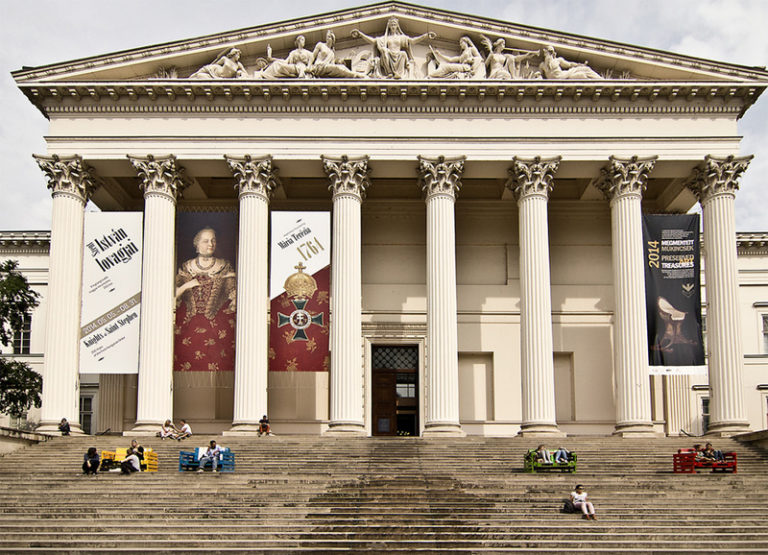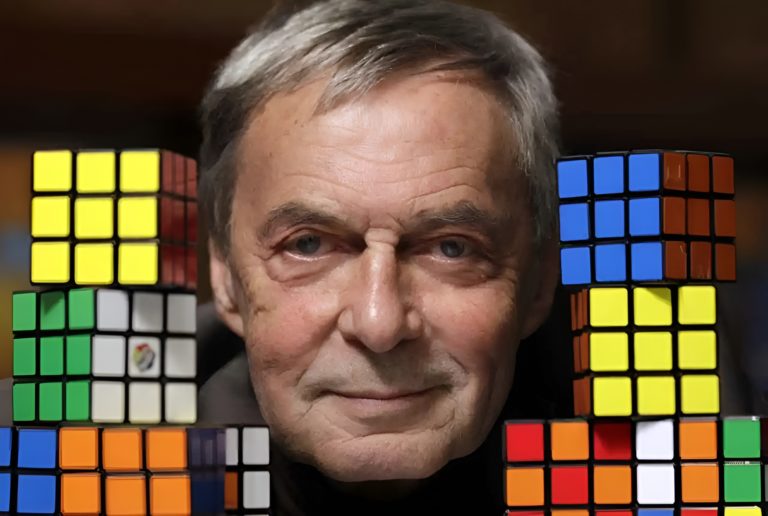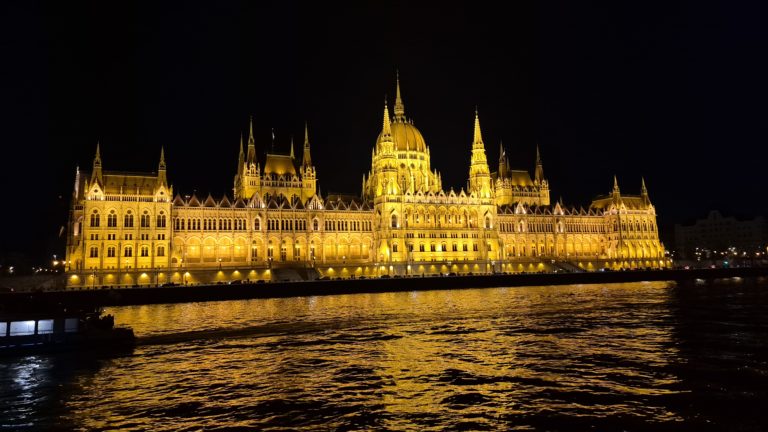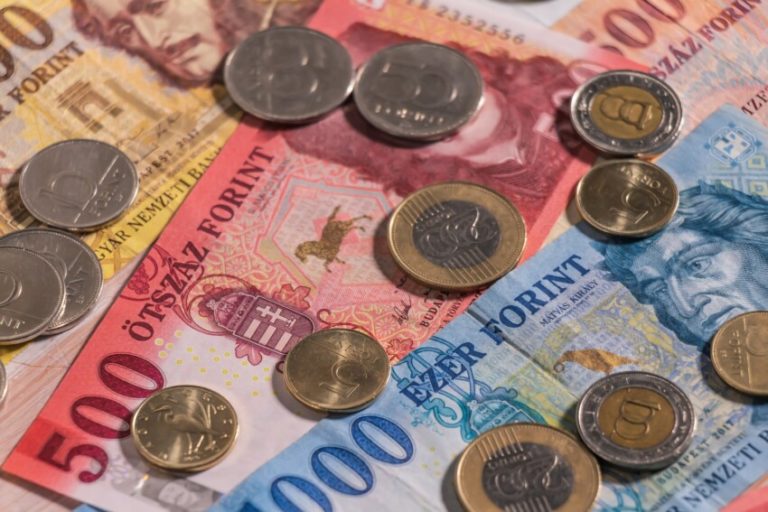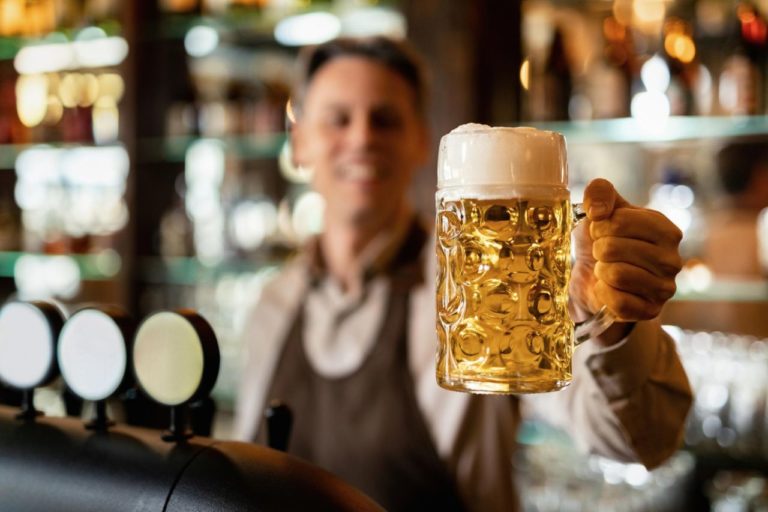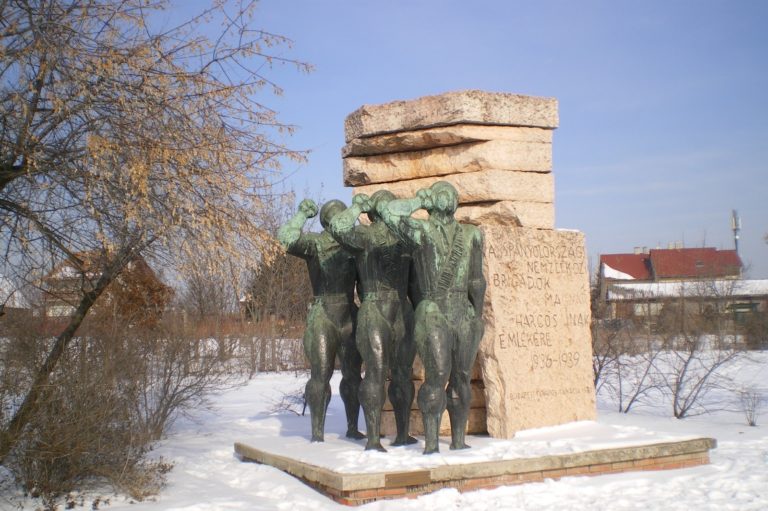The Hungarian National Museum, or Magyar Nemzeti Múzeum, stands as a key institution in the heart of Budapest, acting as the main repository of Hungarian history, art and archaeology. Its mission encompasses the presentation of the rich and complex history of Hungary and the Carpathian Basin from prehistoric times to the present day. Housed in an impressive neoclassical building, the museum not only houses a vast collection of artefacts, but also serves as a symbol of Hungarian national identity. The purpose of this article is to offer a detailed overview of this important museum, providing practical information for visitors and highlighting its profound cultural and historical significance. Practical Information for Visitors For those planning to explore the treasures housed in the Hungarian National Museum, practical information is essential to facilitate the visit. The exact address of the museum is Múzeum körút 14-16, 1088 Budapest, Hungary. Its central location in Budapest…
In Hungary, the act of drinking goes beyond the simple ingestion of alcohol: it is an expression of identity, a vehicle of hospitality and a tradition deeply rooted in everyday life. From family celebrations to informal conversations among friends, there is always a toast to be made and a story to be told. Traditional Hungarian spirits reflect centuries of history, terroir and creativity, and are an integral part of the country’s character. This liquid tour invites you to discover some of the most representative jewels of Hungarian culture: distillates with character, spirits with soul and wines with legend. More than a guide to what to drink, it is an invitation to understand how and why people drink in Hungary. Pálinka: The Distilled Fruity Essence of Hungary Pálinka occupies a place of honour at the heart of Hungarian culture and gastronomy, being considered a ‘Hungarikum’, a unique product of the country.…
The Rubik’s Cube is much more than a toy: it is a worldwide symbol of ingenuity, logic and perseverance. Since its creation in 1974, it has captivated millions of people thanks to its contrast between a simple appearance and impressive mathematical complexity, with more than 4.3 × 10¹⁹ possible combinations. As well as entertaining, it has established itself as an educational tool that stimulates spatial reasoning, memory and problem solving, and has spawned a global community of enthusiasts who share techniques, compete and celebrate their passion for this puzzle.What many do not know is that the Rubik’s Cube has Hungarian roots: it was invented in Budapest by Ernő Rubik, a sculptor and professor of architecture, who initially called it the ‘Magic Cube’. The connection with the Hungarian capital goes beyond its origin, as Budapest also hosted the first edition of the World Rubik’s Cube Championship in 1982, cementing its role…
The Budapest Parliament stands as one of the most iconic and photographed buildings in the Hungarian capital. Its distinctive profile, with its spires soaring skyward and its imposing presence on the banks of the Danube, has made it a globally recognised landmark. Standing majestically on the banks of the river running through the city, it dominates the cityscape and attracts visitors from all corners of the globe. Its strategic location not only offers spectacular panoramic views, but also makes it a visual focal point accessible from many parts of the city. More than just a government building, the Budapest Parliament is a living symbol of Hungary’s rich history, deep national identity and constant aspiration for sovereignty. Its construction and elaborate design were driven by a fervent desire to assert Hungarian independence in a period of significant political and social transformation. General Information The official name of this building in Hungarian…
The history of Budapest, as the heart of Hungary, is intrinsically linked to the evolution of its currency. Since medieval times, the region we know today as Budapest has been a centre of power and economic activity, which naturally made it a focal point for the minting of coins and the development of monetary systems in the country. Historical records mention the existence of forints minted under the reigns of Louis I of Hungary (1342-1382) and Matthias Corvinus (1458-1490), figures whose courts and governments had a significant influence in shaping modern Hungary, with Buda as a major centre. The Hungarian monetary system underwent a radical transformation after World War II. The massive hyperinflation of the pengő in 1945-46, considered the highest ever recorded, devastated the country’s economy. In response to this crisis, the Hungarian forint was introduced on 1 August 1946 as a crucial measure to stabilise the economy. The…
When you walk through the bars and supermarkets of Budapest, it is easy to think that the main Hungarian beers have always been competing on the same ground. However, behind brands such as Dreher, Borsodi, Arany Ászok or Szalon Sör there is a history marked by tradition, innovation… and politically imposed divisions. Hungarian brewing has centuries-old roots, with a remarkable evolution from medieval home brews and monastic beers to the industrial boom of the 19th century, especially in the Kőbánya district of Budapest, considered the country’s brewing heartland. However, after World War II and during the communist era, the state restructured the beer market, assigning each brewery a specific geographical region, limiting competition and shaping local identities: Borsodi in the east, Soproni in the west, Dreher and Arany Ászok in the capital, and Szalon from Pécs in the southwest. This organisation left a lasting impression on the palate and consumer…
Among the sculptures in Memento Park is the Monument to the Hungarian Fighters of the International Brigades in Spain. This work is located in the section of the park called The endless promenade of the concepts of the workers’ movement, where it coexists with other representations of communist ideology. Its location creates a visual and conceptual dialogue about this historical period. The monument was created in 1968 by the Greek-Hungarian sculptor Makrisz Agamemnon (Memos Makris), at the height of the communist regime in Hungary. It originally stood in the centrally located Néphadsereg Square (now Honvéd Square), a highly visible place in Budapest. However, after the change of regime in 1989, it was moved in 1993 to Memento Park, as part of the initiative to gather the communist-era memorials there. This move did not involve the removal of the work, but rather its recontextualisation within Hungary’s contemporary historical narrative. The sculpture…
On the banks of the majestic Danube, near the parliament, stands a poignant and austere monument that captures the attention of those who stroll along its banks. Known as ‘Shoes on the Danube Bank’, it stands as a palpable reminder of one of the darkest chapters in Jewish history: the mass executions of Hungarian Jews during 1944 and 1945. Through its simplicity, the monument manages to convey a profound message that resonates in the collective memory, inviting reflection on the loss and brutality of that period. Origin and Creation The story behind this striking monument goes back to the vision of film director Can Togay, who worked closely with sculptor Gyula Pauer to give shape to this idea. Togay, a renowned director and writer, together with Pauer, a Kossuth Prize-winning sculptor, conceived a monument that would be both austere and eloquent. The central idea of using the shoes abandoned by…
In 2015 and 2014, the Danube River became the stage for one of Budapest’s most unusual and endearing competitions: the Kacsafutam, or ‘duck race’. Thousands of little rubber ducks navigate its waters in an event that combines fun, community and solidarity. Although at first glance it may seem like a mere curiosity attraction, the Kacsafutam has a much deeper purpose: to raise funds for various charitable causes. Origins and Global Context The origins of the Kacsafutam in Budapest are inspired by a global trend that has captivated audiences around the world since the 1990s. Rubber duck races, where thousands of these toys float down the river, have become popular fundraising events in cities from Ohio and Colorado in the United States to Australia, the United Kingdom and Singapore. These events have proved hugely successful, attracting large crowds and generating significant sums of money for charities. The idea behind the Budapest…
Budapest, for the first time visitor, reveals itself as an intriguing enigma from the very first moment. The majesty of the Danube, the elegant bridges linking Buda and Pest, everything is undeniably captivating. However, as we begin to explore, a curious duality emerges, a whisper of a not-so distant past that intertwines with the present. One senses it in the imposing architecture that suggests a Soviet influence, especially on the Buda bank, and then in the unexpected appearance of monuments dedicated to U.S. presidents. This initial contradiction awakens a desire to understand the history behind these seemingly disparate elements. The initial visual juxtaposition between the grandiose, possibly older architecture and the visitor’s perception of Soviet-style buildings generates immediate curiosity. Moreover, the presence of American monuments in a once-communist capital represents a significant and potentially startling contrast, immediately underscoring the city’s complex history and transition. Influence of communism in the architecture…
